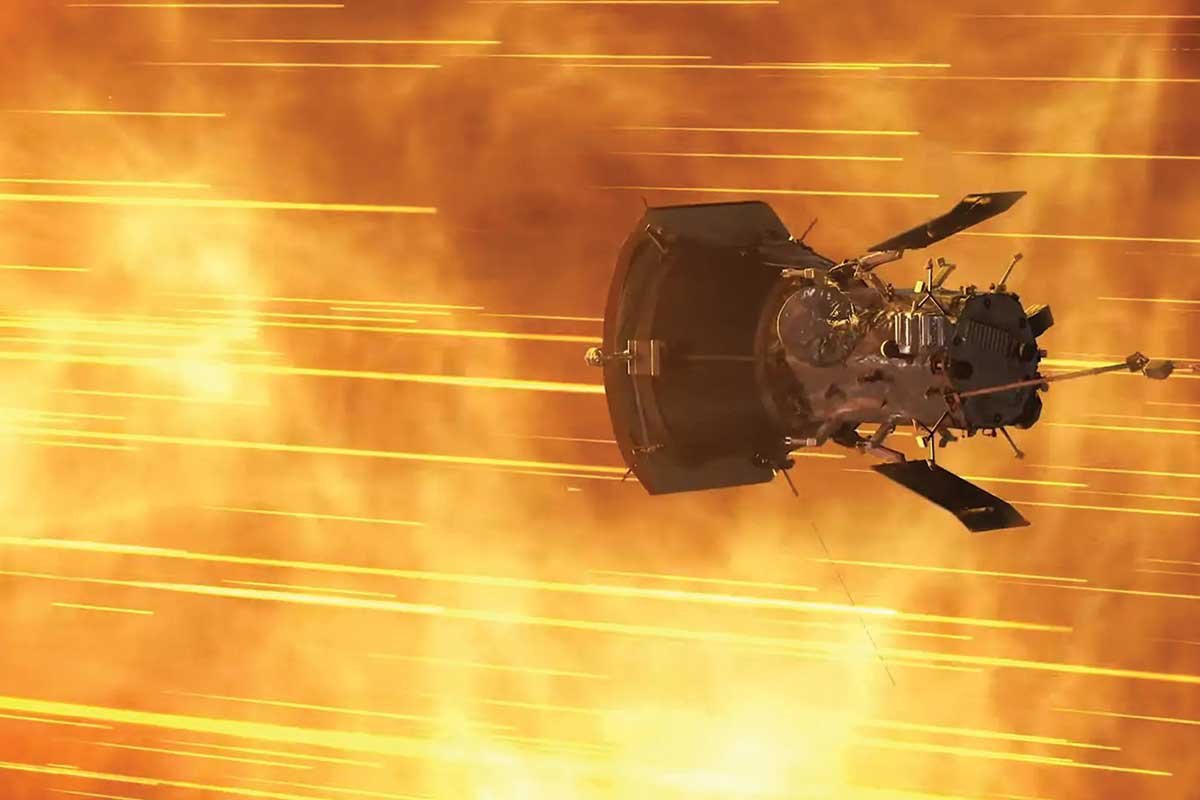NASA’s Parker Solar Probe is making history by becoming the fastest human-made object ever. During its 17th orbit around the Sun, the probe reached an incredible speed of 635,266 kilometers per hour, surpassing its previous record set in 2021. This achievement not only marks a major milestone in space exploration but also brings the probe closer to the Sun than ever before, providing valuable insights into the Sun’s outer corona.
Speed Records and Close Approach
On September 27, 2023, during its 17th solar flyby, the Parker Solar Probe exceeded its 2021 speed record of 586,000 kilometers per hour, achieved during its 10th solar flyby. This remarkable speed demonstrates the probe’s impressive capabilities.
In addition to its record speed, the Parker Solar Probe ventured closer to the Sun than ever before, reaching a proximity of 7.26 million kilometers above the Sun’s surface.
The Parker Solar Probe’s Mission
Launched in 2018, the Parker Solar Probe is on a groundbreaking mission to collect crucial data about the Sun’s outer corona, the Sun’s outermost layer. Scientists have long been puzzled by why the corona is hotter than the layers beneath it.
Upcoming Missions and Insights
By 2025, the Parker Solar Probe plans to complete a total of 24 orbits around the Sun. During its closest approach, it will come within about 3.8 million miles of the Sun. To put this distance into perspective, if we imagine the space between Earth and the Sun as the length of a football field, the probe would be approximately 4 yards from the end zone, according to NASA.
The observations made by the Parker Solar Probe from within the corona itself will provide valuable insights into the Sun’s atmosphere and help scientists understand the mechanisms behind the solar wind. This constant outflow of solar material, traveling at approximately a million miles per hour, significantly impacts Earth. The probe’s data will enhance our understanding of this phenomenon. Additionally, the mission will provide crucial information about how solar eruptions can pose risks to astronauts and technology in space.
Built to Withstand the Heat
To endure the extreme conditions near the Sun, the Parker Solar Probe is equipped with a 4.5-inch-thick carbon-composite shield that keeps its scientific instruments at room temperature. This shield ensures that the probe’s instruments continue to function effectively in the face of the Sun’s intense heat. Other vital technologies on board include a solar array cooling system and on-board fault management systems.
